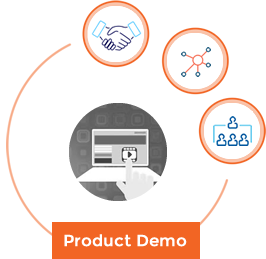Compliance has been the commonly used term in business today. It is the term that gets thrown around in meetings, regulations, operations, task planning and covers so many aspects. “Compliance” is that the methodology adapted to deal a business with confidence. And afford ability to operate business in such a way with better quality, less risk, safety and governance etc. Compliance management software used in any organization is designed in a way to help foster the above discussed concept, what does an organization need in compliance management software solutions? Here given are the 5 basic elements
Flexibility: Compliance cannot be considered in a single operational area, either it can be Risk, Governance & quality management system, or other management system categorized under compliance management. The ultimate aim of the solution was to track all processes, manage and control them quickly and effectively. Trouble is that adapting to latest market and business challenges will lead to have change in processes. Having a flexible platform will enable to make periodical changes easily in the compliance management software. If a solution that has flexibility; it enables to change workflows and forms as you need to – without any significant effort.
Visibility: Making use of a system to automate the processes related with compliance is immensely valuable, but that will not get completed. Without data visibility it will be difficult to get an accurate picture of compliance. To make sure that building an enterprise reporting and analytics tools to the compliance information. This will be the decision making and continuous improvement methods adapted to identify areas for preventive action, and generate compelling and accurate reports on the overall “health” of compliance management system.
Risk Management: Many compliance processes are being centralized with Risk. This is just because of the rapid pace of today’s business development, compliance process cannot be simply measured, it should have some predefined objective and systematic procedures. Risk tools, and quantitative risk methods are paving the way to enable businesses to quantify compliance, and make decisions on how to mitigate the risk of those events.
Corrective Action and Preventive Action (CAPA) – Efforts required to investigate and streamline corrective action and preventive action events will be the best practice of any compliance management program. Processes associated with the CAPA process, such as performing root cause analysis, triggering events, and assigning the necessary follow up action – all while integrating CAPA with other quality processes, such as audit, nonconformance ,change control and customer complaints
These 5 elements are just basics on compliance management software. Interested to know more about compliance and quality management solutions contact us now…





